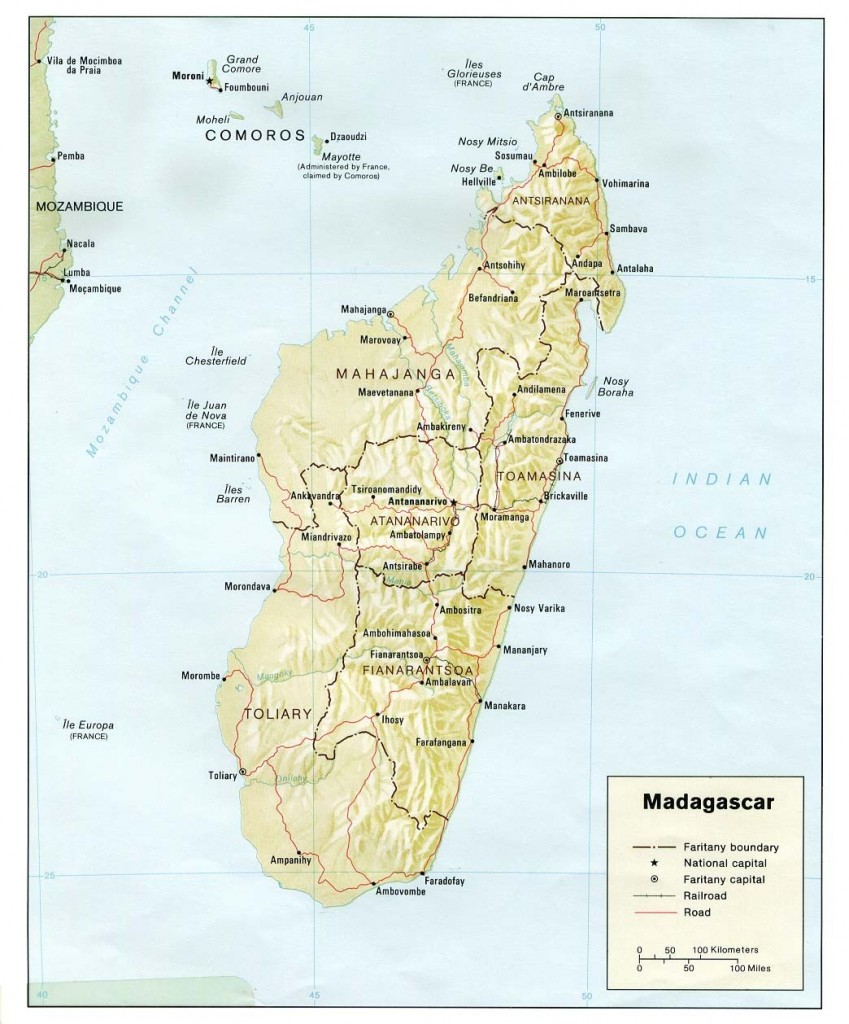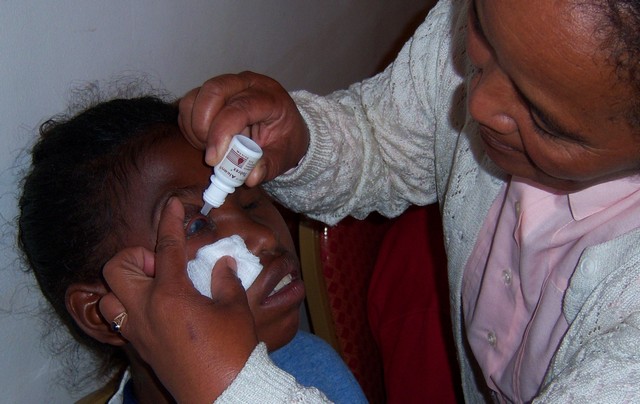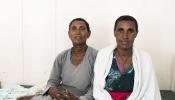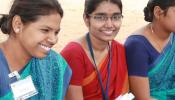By Penny Lyons, Executive Director, Seva Canada November 16, 2009
Madagascar, where do I even start? Stunningly beautiful, heartbreakingly poor, rich in culture, language and traditions and complex in its politics.
I travelled here from Tanzania with Dr. Paul Courtright, co-director of the Kilimanjaro Centre for Community Ophthalmology (KCCO) based in Moshi, Tanzania. KCCO has been working with Madagascar eye care programs since 2007 - at first helping create national eye care programs and now also funding training, outreach programs and a pediatric program.
 Our task here is to follow up and expand on the work that KCCO has done, as well as evaluate the programs that have been funded by Seva donors. The Canadian International Development Agency (CIDA) has funded outreach in the Vakinankaratra region, as has the May and Stanley Smith Charitable Trust.
Our task here is to follow up and expand on the work that KCCO has done, as well as evaluate the programs that have been funded by Seva donors. The Canadian International Development Agency (CIDA) has funded outreach in the Vakinankaratra region, as has the May and Stanley Smith Charitable Trust.
Each of these two organizations have helped fund the creation and implementation of community outreach programs in this populous region in the highlands of Madagascar centered around the city of Antsirabe, just 3 hours drive south of the capital city of Antananarivo. In addition, Alcon Canada generously donated an enormous amount of ophthalmological supplies, including intraocular lenses.
Seva programs that I have visited previously have all been well established. National blindness plans were in place, outreach was active and well organized, a comprehensive training program was in place and all programs were working toward both financial sustainability and ensuring services were available to the most vulnerable – particularly children and women.
It has been both enlightening and rewarding to witness the birth of a new program here in Madagascar and to fully comprehend the partnerships at all levels of government, healthcare and community that have to be created in order for eye care programs to succeed. In fact, given the complexities, it is a wonder it happens at all. But here in Madagascar, as in our other programs, there are individuals, hospitals and local governments that have dedicated themselves to making it happen and are committed not only to creating eye care programs but are also committed to creating excellent ones.
Today I visited an outreach program in Mendoto, a small centre about 150km west of Antsirabe. When the team from Fitsaboana Hospital in Antsirabe arrived at about 8am, there were over 300 people in the courtyard of the local hospital. We assumed they were patients waiting to be seen at ALL the hospital departments, but as we started to set up we realized they were all there to have their eyes screened and treated.
 A young girl in Madagascar receives eye drops donated by Alcon Canada
A young girl in Madagascar receives eye drops donated by Alcon Canada The team quickly organized the room we were given. A visual acuity chart and registration desk was set up; there were 2 examination areas for the ophthalmologists; the counselors, who provide information to those requiring more care like cataract surgery or low-vision services, had a small table; and a makeshift pharmacy was created. Patients were divided into two lines, one for children and one for adults, and each ophthalmologist took one line. Periodically someone was sent to scout the lines to make sure those who required the most complex care or who were very elderly were brought to the front of the line.
It was hot, both outside and inside the makeshift clinic. No one complained and no one took a break. Bottles of water were brought to the team, but they barely stopped to take a drink. Everyone knew how many patients were waiting and how far they might have travelled to get there. They could drink later.
In the first two hours, 4 children were diagnosed with congenital or developmental cataract in both eyes and appointments for surgery were made. Many more children were seen but who could not be helped – children blind because of damage to their corneas – many of whose sight could have been restored if they lived in a developed country. Children with birth defects or severe low vision were referred to the counselors so their families could learn where to find help. Twenty-four adults were scheduled for cataract surgery and, once again, there were many more who simply could not be helped.
The ophthalmologists were unbelievably kind and gentle with all who came and, even after very long waits in the brutal sun, not one patient complained. The last patient was seen at 6:30 pm. All were grateful to be treated and I was grateful to be there.
Our gratitude to the Canadian International Development Agency, the May and Stanley Smith Charitable Trust and Alcon Canada for their generous support in bringing eye care to the people of Madagascar.


